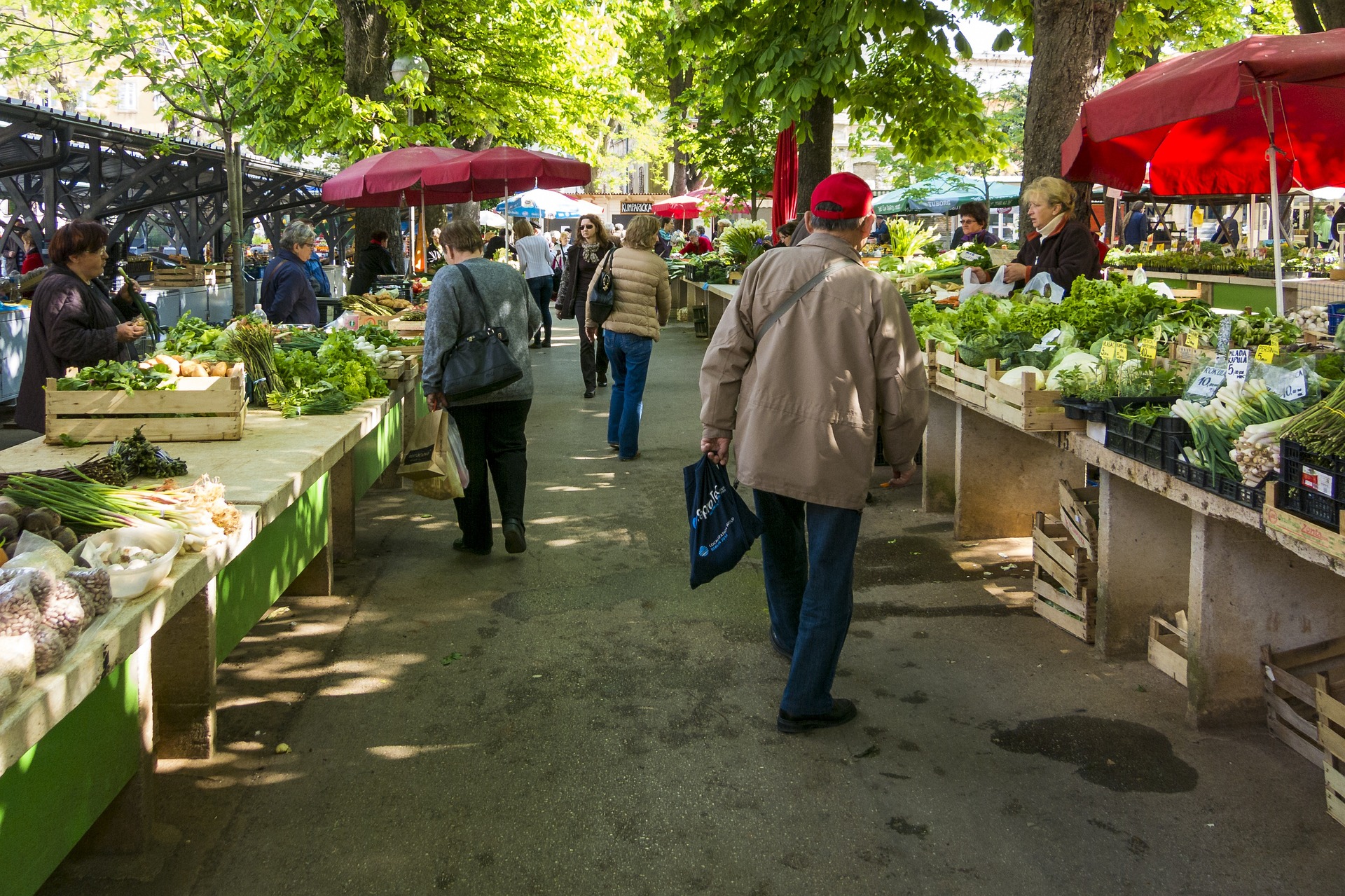Urban culinary scenes: how street kitchens shape city culture
Street kitchens bring diverse cuisines into public life, reshaping sidewalks, markets, and plazas. This summary highlights how seasonal sourcing, sustainability choices, fermentation, artisanal methods, and menu planning among mobile vendors influence flavor, community interaction, and everyday urban food systems.
Street kitchens are a visible and accessible layer of urban food culture, blending family traditions, small-scale entrepreneurship, and local supply chains. Many vendors design flexible menus that respond to seasonal availability, shifting demand, and limited storage, while experimenting with flavors drawn from fermentation, artisanal craft, and cross-cultural fusion. Their presence alters how residents experience meals outside the home, helps shape neighborhood identity, and contributes to the broader ecology of urban eating.
How do seasonal practices shape street kitchens?
Seasonality often determines what appears on a street kitchen menu. Vendors who plan around the harvest cycle can rotate offerings to highlight local produce, reduce ingredient costs, and maintain freshness. Seasonal menu planning encourages simple preservation practices and pairing strategies that spotlight short windows of availability. For customers, rotating items provide variety and a sense of place: summer stalls may emphasize grilled vegetables and citrus, while autumn menus bring heartier grains and preserved condiments that reflect regional agriculture.
What role does sourcing and sustainability play?
Sourcing choices influence both environmental impact and the character of street food. When vendors work with nearby producers, surplus suppliers, or ethical fish and meat sources, they lower transport emissions and support local economies. Small-scale artisanal suppliers can supply distinctive staples—presses of oil, heirloom grains, or fermented pastes—that make a cart’s profile unique. Even incremental shifts toward recyclable packaging, seasonal sourcing, and waste-conscious prep help shape consumer expectations about sustainability in city dining.
Where do fermentation and preservation appear?
Fermentation and preservation are practical and flavorful tools in street-level kitchens. Pickles, kimchi, fermented sauces, miso-based marinades, and cured condiments extend shelf life and add umami and complexity to simple plates. Preservation methods such as salting, drying, smoking, or quick-pickling allow vendors to manage inventory while delivering consistently developed flavors. These techniques also enable fusion approaches, marrying preservation methods from different culinary traditions to create signature condiments or toppings that travel well and reduce waste.
How do grains, umami, and nutrition factor in?
Grains serve as foundational elements in many street meals—rice bowls, flatbreads, noodles, and porridges provide satisfying structure. Vendors layer umami through broths, fermented seasonings, slow-cooked proteins, and roasted vegetable reductions, creating depth that complements grains. Nutrition is increasingly a consideration: balanced portions, added legumes, seasonal vegetables, and whole-grain options respond to demand for more nourishing street fare. While indulgent snacks remain popular, many operators aim to provide approachable meals that combine taste with better nutrient density.
How do plant-based and artisanal approaches mix?
Plant-based options have expanded across urban stalls, supported by artisanal techniques that elevate texture and flavor. House-made sauces, small-batch fermented condiments, and handcrafted breads or wrappers allow plant-based dishes to deliver depth and satisfaction. Fusion approaches often combine artisanal craft—such as stone-milled grains or in-house pickles—with plant-forward proteins like seasoned legumes, smoked mushrooms, or seitan-style preparations. This combination helps vendors diversify menus and reach customers seeking variety without sacrificing the character of street cuisine.
How do delivery and menu planning affect reach?
Delivery platforms extend the customer base of street kitchens beyond foot traffic to offices and residential areas, but they also impose constraints. Effective menu planning balances items that travel well with dishes best enjoyed on site, and vendors adapt packaging and portion sizing to maintain temperature and texture. Delivery can increase revenue, yet it requires consistent sourcing, preservation strategies, and quality controls to ensure food arrives as intended. Thoughtful planning around durable ingredients and clear menu descriptions helps maintain reputation across channels.
Street kitchens function as culinary laboratories and social hubs. Their reliance on seasonal sourcing, sustainability-aware choices, fermentation and preservation techniques, and artisanal touches shapes taste preferences and local foodways. Grains and umami-rich components provide satisfying foundations, while plant-based and fusion innovations reflect evolving dietary patterns. As vendors refine menu planning for both on-site service and delivery, they continue to influence the flavor and social rhythm of city life without replacing more formal dining structures.
Conclusion Street kitchens shape urban culture by translating local supply, culinary knowledge, and creative technique into accessible, mobile formats. Through attention to seasonality, sourcing, preservation, and artisanal craft, these vendors foster neighborhood character, encourage sustainable practices, and expand the everyday palate of city residents.






